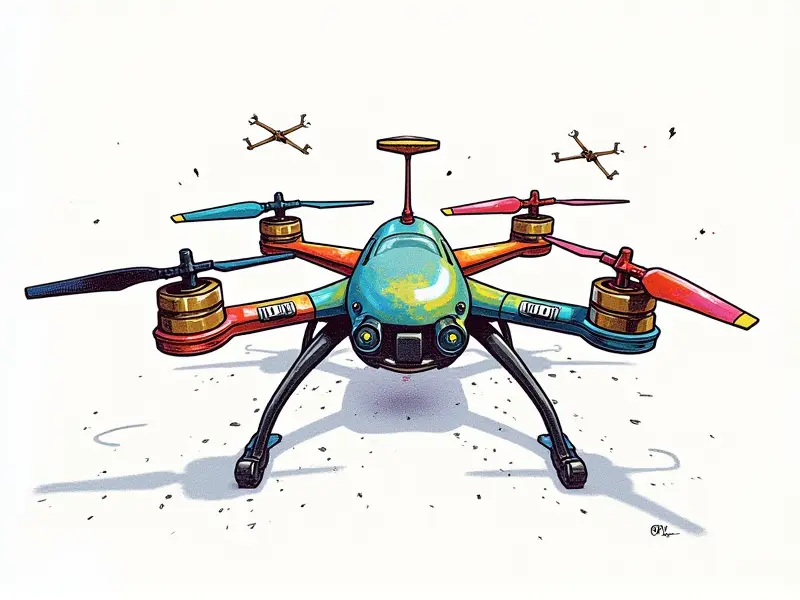Radio transmitter output power

Understanding RC Transmitter Wattage Requirements
The power output of an RC (Radio Controlled) transmitter is a critical factor that determines the range and reliability of your remote control system. In simple terms, higher wattage translates to better signal strength and extended operational distance. However, it's essential to understand the nuances involved in choosing the right wattage for your specific needs.
For instance, if you're operating an RC model indoors or in a confined space, a lower power transmitter may suffice. Conversely, outdoor enthusiasts who frequently engage with their models over long distances will benefit from higher power transmitters. The key is to match the output power of your transmitter to the requirements of your environment and the specific demands of your RC equipment.
Boosting Range with Enhanced Transmitter Power
To enhance the range of your RC model, consider upgrading to a transmitter that offers higher wattage output. This upgrade can significantly extend the distance at which you can control your vehicle or aircraft without losing signal strength. However, it's important to balance this with practical considerations such as battery life and legal restrictions on transmitter power.
Enhanced transmitter power not only increases the range but also improves overall performance by reducing lag time and ensuring a more stable connection between the transmitter and receiver.
Choosing the Right Power for Your RC TX
Selecting the appropriate power level for your RC transmitter involves several factors:
- Environment: Outdoor environments often require higher wattage to overcome obstacles like buildings, trees, and other physical barriers.
- Type of Model: Larger models or those with more complex electronics may need stronger signals for reliable operation.
- Distance Requirements: For long-distance racing or aerial photography, a higher power transmitter is essential to maintain control over extended ranges.
Maximize Signal Strength: RC Transmitter Power Guide
To maximize the signal strength of your RC transmitter, follow these guidelines:
- Antenna Quality: Ensure that you're using a high-quality antenna compatible with your transmitter to optimize performance.
- Battery Management: Use fresh batteries or rechargeable packs that can provide consistent power throughout the session.
- Frequency Selection: Choose an appropriate frequency band for your location and model type, avoiding crowded frequencies if possible.
Enhance Control Distance with Stronger Transmitters
A stronger transmitter is crucial for enhancing control distance. It allows you to maintain precise control over your RC model even at significant distances, reducing the risk of signal loss or interference. This capability is especially important in competitive environments where every inch of range can make a difference.
The Role of Radio Frequency in RC Transmitter Performance
Radio frequency plays a pivotal role in determining how well your transmitter performs over different ranges and conditions:
- Frequencies: Different frequencies have varying levels of penetration through obstacles, making some more suitable for specific use cases.
- Interference: Higher frequency bands generally offer better resistance to interference from other devices operating in the same range.
Optimal Output Power for RC Transmitters Explained
The optimal output power for an RC transmitter depends on several factors including the intended use and environmental conditions. For instance, a 10W transmitter might be ideal for long-range outdoor applications, whereas a lower wattage unit (like 2-3W) could suffice indoors or in smaller spaces.
Maximizing Distance: RC Transmitter Power Tips
To maximize the distance and performance of your RC transmitter:
- Upgrade to High-Quality Components: Investing in better quality transmitters and receivers can yield significant improvements in range and stability.
- Avoid Obstacles: Try to operate from open areas with minimal interference, such as large fields or parks.
- Tune Your Equipment: Regularly calibrate your transmitter and receiver settings for optimal performance.
RC Transmitter Power Output: What's Essential?
The essential considerations when it comes to RC transmitter power output include:
- Regulatory Compliance: Ensure that your chosen power level adheres to local regulations and restrictions.
- Battery Life: Higher wattage transmitters consume more battery, so consider the balance between performance and endurance.
Enhancing RC Connectivity with Proper Transmitter Power
To enhance connectivity in your RC setup, focus on selecting a transmitter power output that matches your specific needs. This approach ensures reliable operation across various scenarios without compromising on performance or safety.
Boost Your RC Signal Range
In summary, boosting the signal range of your RC transmitter involves understanding and optimizing several key factors:
- Selecting Appropriate Power Levels: Choose wattage that suits your operational environment and model requirements.
- Optimizing Frequency Use: Utilize frequencies effectively to minimize interference and maximize coverage.
- Maintaining Quality Equipment: Invest in high-quality components for better performance and reliability.
By adhering to these principles, you can significantly enhance the range and reliability of your RC transmitter, ensuring a superior user experience whether you're competing or just enjoying recreational activities with your models.

